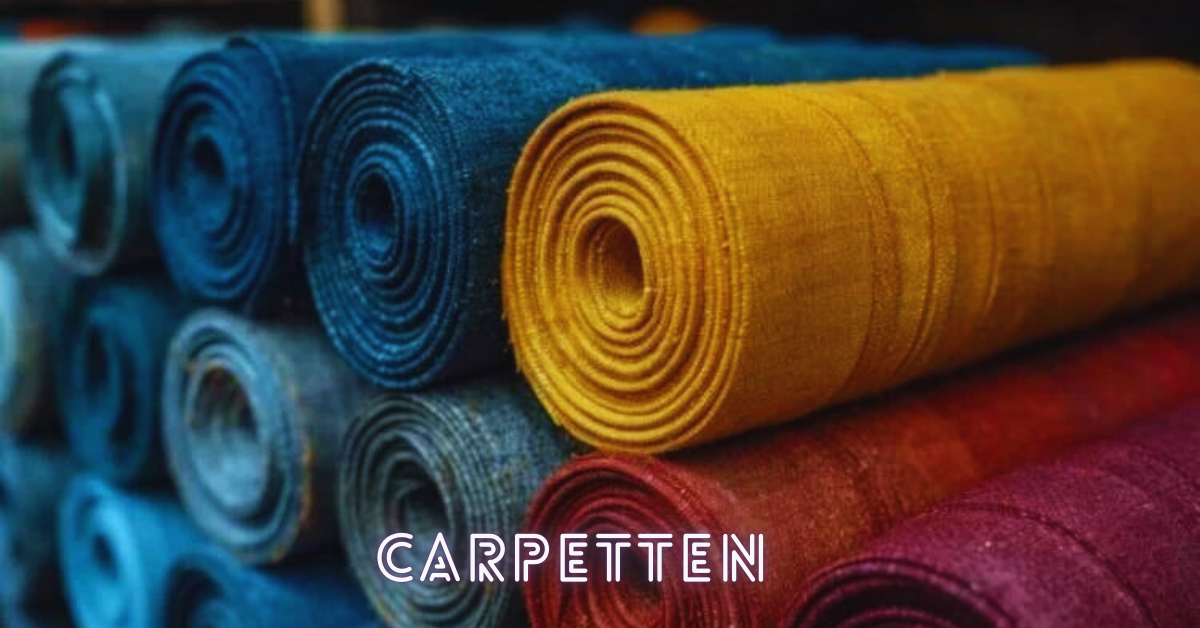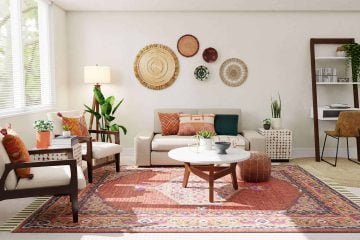Carpetten, a term that may not be familiar to many, represents a unique and evolving concept in the world of textiles and floor coverings. Unlike traditional carpets, carpetten involves a range of innovative practices and materials that are transforming how we perceive and use floor coverings. This article delves into the history, applications, and benefits of carpetten, offering a comprehensive overview of its significance in modern interior design.
Historical Background
The history of carpetten can be traced back to ancient practices of weaving and textile production. Historically, carpets were handwoven using techniques passed down through generations, often incorporating intricate patterns and designs. Carpetten, as a modern evolution, builds on these historical foundations by integrating contemporary materials and technologies, resulting in a fusion of traditional craftsmanship and modern innovation.
Key Materials Used in Carpetten
One of the defining features of carpetten is the variety of materials employed in its creation. Unlike traditional carpets that primarily use wool, cotton, or synthetic fibers, carpetten incorporates a broader range of materials, including recycled fibers, natural fibers like bamboo and jute, and advanced synthetic blends. These materials are chosen for their durability, sustainability, and aesthetic appeal, contributing to the unique characteristics of carpetten.
The Role of Technology in Carpetten
Technology plays a crucial role in the development and production of carpetten. Advanced manufacturing techniques, such as digital printing and automated weaving, allow for greater precision and customization. These technological advancements enable the creation of intricate designs and patterns that were previously challenging to achieve. Additionally, technology facilitates the production of carpetten with enhanced durability and stain resistance, addressing practical concerns in everyday use.
Carpetten vs. Traditional Carpets
Comparing carpetten to traditional carpets reveals several key differences. While traditional carpets often rely on conventional materials and production methods, carpetten embraces a broader spectrum of materials and innovative techniques. This results in a product that not only offers aesthetic diversity but also improved performance characteristics, such as greater resistance to wear and tear. Carpetten also tends to prioritize environmental sustainability, making it an appealing choice for eco-conscious consumers.
Design Aesthetics and Trends
The design aesthetics of carpetten reflect contemporary trends in interior design. Modern carpetten often features bold colors, abstract patterns, and unique textures that align with current design sensibilities. This departure from traditional, often more restrained designs, allows for greater expression and creativity in interior spaces. Carpetten’s versatility in design also makes it suitable for a wide range of environments, from residential to commercial settings.
Environmental Impact and Sustainability
Sustainability is a key consideration in the production of carpetten. Many manufacturers prioritize eco-friendly practices, such as using recycled materials and minimizing waste. The choice of natural fibers and sustainable production methods helps reduce the environmental footprint of carpetten compared to conventional carpets. Additionally, advancements in technology contribute to the creation of long-lasting products that reduce the need for frequent replacements, further supporting sustainability efforts.
Installation Techniques and Considerations

Installing carpetten involves various techniques and considerations to ensure optimal performance and appearance. Proper installation is essential to achieve a seamless and durable result. Factors such as subfloor preparation, adhesive selection, and accurate cutting and fitting are crucial to the success of the installation process. Additionally, carpetten may require specific maintenance practices to preserve its appearance and longevity.
Maintenance and Care
Maintaining carpetten requires attention to specific care practices to ensure its longevity and appearance. Regular cleaning, such as vacuuming and spot cleaning, helps prevent dirt and stains from damaging the fibers. For more extensive cleaning, professional services may be recommended to address deep-seated dirt and maintain the carpetten’s original condition. Following manufacturer guidelines for care and maintenance can help extend the lifespan of carpetten and keep it looking its best.
Applications in Different Settings
Carpetten’s versatility makes it suitable for various applications in different settings. In residential environments, carpetten can enhance the comfort and aesthetic appeal of living spaces, bedrooms, and hallways. In commercial settings, such as offices, hotels, and retail spaces, carpetten provides both functional benefits and visual impact. Its adaptability to different environments makes it a popular choice for diverse interior design projects.
Cost Considerations
The cost of carpetten can vary based on factors such as materials, design complexity, and installation requirements. While carpetten may have a higher initial cost compared to traditional carpets, its durability, and low maintenance needs can result in long-term cost savings. Consumers need to consider both the upfront investment and the potential benefits of carpetten when making decisions about floor coverings.
Innovations in Carpetten Design
Ongoing innovations in carpetten design continue to push the boundaries of what is possible. New materials, manufacturing techniques, and design trends contribute to the evolution of carpetten, offering consumers increasingly sophisticated options. Innovations such as customizable designs, interactive elements, and enhanced functionality reflect the dynamic nature of the carpetten industry.
The Future of Carpetten
Looking ahead, the future of carpetten holds exciting possibilities. As technology and design continue to advance, carpetten is likely to evolve in new and unexpected ways. Emerging trends in sustainability, digital design, and material science will shape the future of carpetten, offering consumers innovative and environmentally conscious options for their flooring needs.
FAQ’s
1. What is carpetten?
Carpetten is a modern approach to floor coverings that integrates a variety of materials and advanced manufacturing techniques. It builds on traditional carpet-making methods but incorporates contemporary innovations, resulting in a unique and versatile flooring option.
2. How does carpetten differ from traditional carpets?
Carpetten differs from traditional carpets in several ways. It often uses a broader range of materials, including recycled and natural fibers, and incorporates advanced technologies for production. This results in a product with enhanced durability, unique designs, and often better environmental sustainability.
3. What materials are commonly used in carpetten?
Carpetten can be made from various materials, including recycled fibers, natural fibers such as bamboo and jute, and advanced synthetic blends. The choice of materials often focuses on durability, sustainability, and aesthetic appeal.
4. What are the benefits of choosing carpetten over traditional carpets?
The benefits of carpetten include its durability, resistance to wear and tear, and unique design possibilities. Many carpetten options are also more environmentally friendly, using sustainable materials and production practices. Additionally, carpetten often features advanced performance characteristics, such as stain resistance and ease of maintenance.
5. How is carpetten installed?
Carpetten installation involves similar techniques to traditional carpets but may require specific considerations based on the material and design. Key factors include proper subfloor preparation, adhesive selection, and precise cutting and fitting. Professional installation is often recommended to ensure the best results.
Conclusion
Carpetten represents a significant evolution in the world of floor coverings, blending historical craftsmanship with modern innovation. Its diverse materials, advanced technologies, and design possibilities make it a compelling choice for contemporary interiors. As the industry continues to evolve, carpetten is poised to play a prominent role in shaping the future of interior design and floor coverings.




